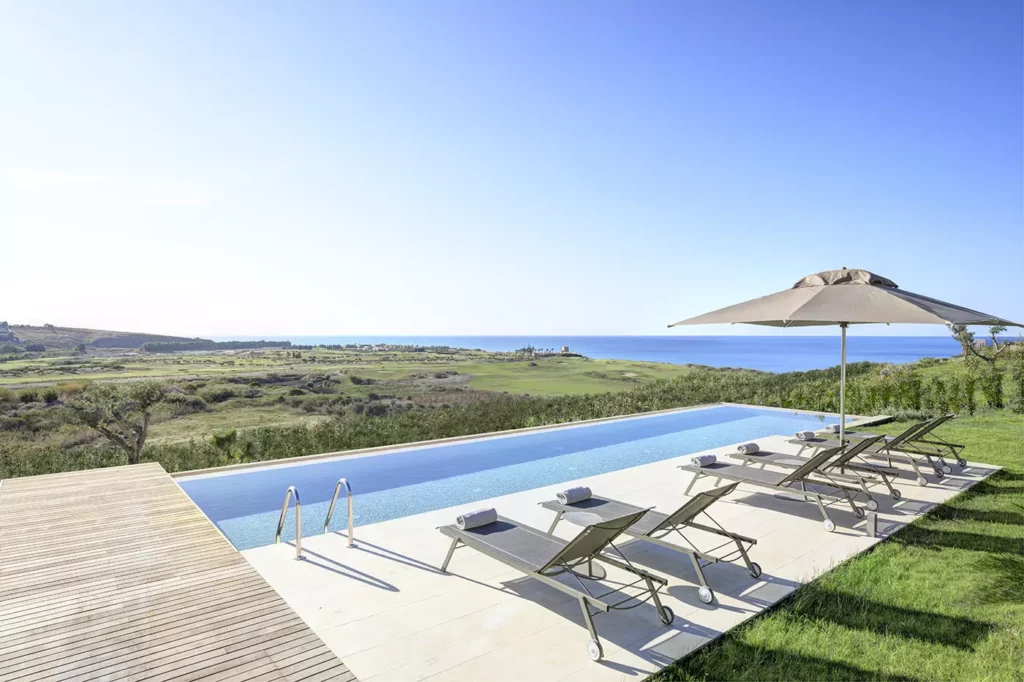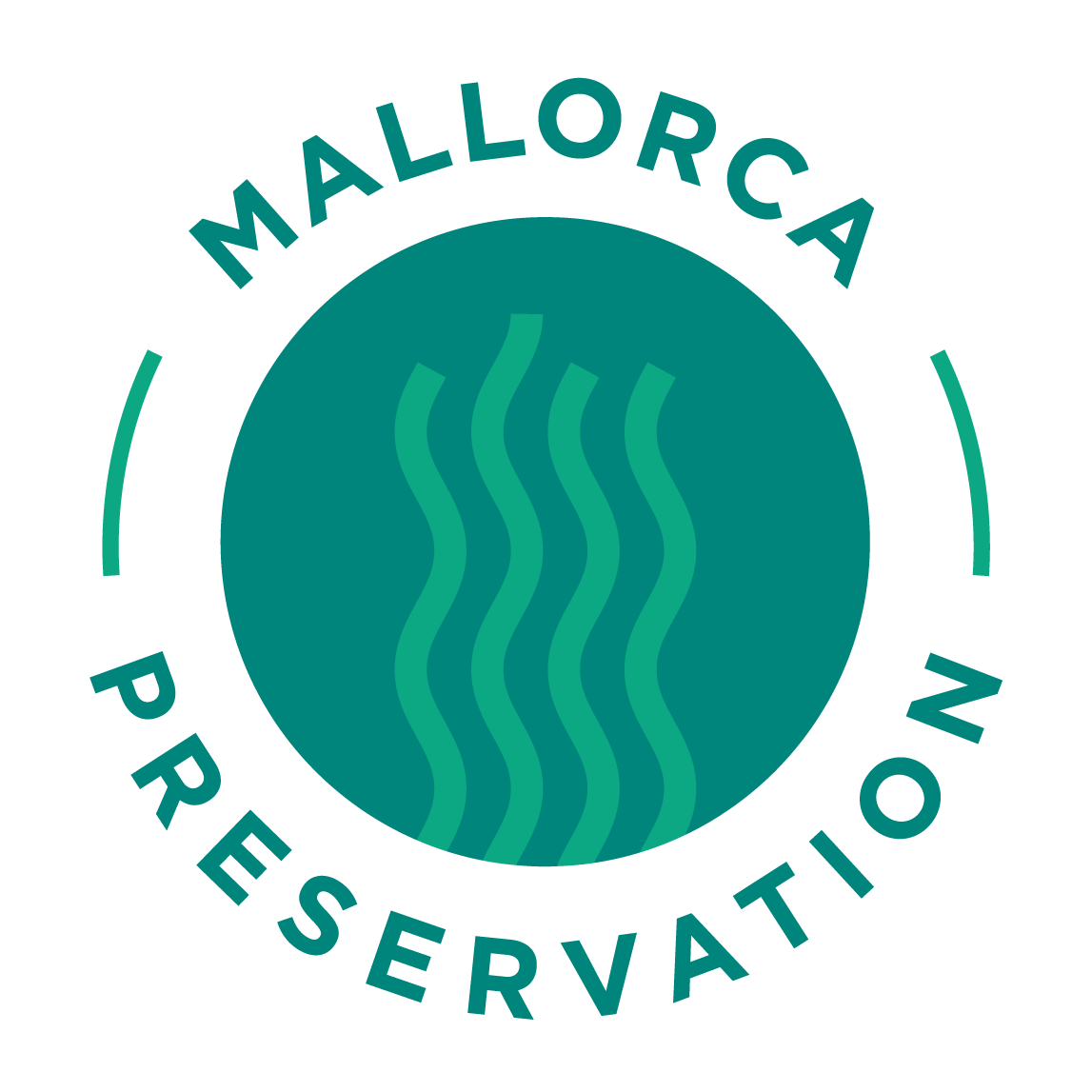This website uses cookies so that we can provide you with the best user experience possible. Cookie information is stored in your browser and performs functions such as recognising you when you return to our website and helping our team to understand which sections of the website you find most interesting and useful.
How Much Does a Trip to Europe Cost? What to Expect to Spend on a Luxury Villa in Europe
Embarking on a European journey prompts an exhilarating blend of anticipation and curiosity. Uncovering historic tales, the taste of world-class cuisine, and the vibrant culture all make the Europe trip cost seem insignificant in the grand scheme of adventure.
However, understanding the cost of a Europe trip, especially the cost of lodging in Europe, is an essential part of the planning process. The truth is, a trip to Europe isn’t always an economical endeavor, especially when your heart is set on lodging in a luxurious villa. These start at $500 a night and can range to a few thousand per night.
It might not be the most budget-friendly Europe lodging, but have you considered the unparalleled experience that these retreats offer? The opportunity to live this lifestyle – even if just temporarily – is well worth the cost.
That being said, what exactly can you expect to spend on lodging in Europe with such sophisticated standards? You’ve come to the right place to gain a better understanding of the cost of Europe trips. In this article, we aim to provide an overview of the average cost of a European vacation.
We’ll pull the curtain back on the all Europe trip costs, including a side-by-side comparison of the average cost of hotels in Europe to luxury villas. Let’s start by setting your expectations straight away…how much does a trip to Europe cost on average?
How Much Does a Trip to Europe Cost on Average?
When it comes to mapping out the cost of a trip to Europe, there’s no one-size-fits-all answer. The amount you’ll spend varies wildly based on a plethora of factors such as your travel style, the countries you visit, the duration of your stay, and the level of luxury you desire.
However, for a mid-range traveler, an average Europe trip cost per day could range from $100 to $300. This includes accommodation, food, attractions, and local transportation. For a more luxurious experience, especially when considering upscale lodging options like a luxury villa, you can expect your Europe trip cost to rise significantly.
That being said, let’s unpack a few of the factors contributing to your Europe trip cost.
What Contributes to the Europe Trip Cost?
While there is no limit to the things you can spend money on during your trip to Europe, we can divide them into three distinct categories: travel, food/experiences, and lodging.
Travel: How You Get to Your European Destination
The price of an international air ticket can vary greatly depending on the season, the airline, your departure city, and when you book. On average, though, you can expect to spend somewhere between $500-$1500 for a round-trip ticket from the United States to a major European city.
Budget airlines can be a cost-effective option, but remember to account for extras like baggage fees and seat selection. And, you typically get what you pay for with cheaper airfare – so keep that in mind if you’re considering cutting costs. You’ll notice that’s a common theme in our conversation today.
Food & Experiences: Actually Enjoying Your Vacation
Another major contributor to the cost of a trip to Europe is the price of food, attractions, and experiences. In other words, the things you do when you’re not sleeping or traveling between cities!
This is something that varies dramatically from person to person. While your ideal European trip may consist of golfing or sailing, someone else may be content to lounge on a beach and read a good book. The same is true of dining. While some look to indulge in Michelin-star eateries, others prefer something more low-key and traditional.
That being said, for a mid-range traveler, daily costs for meals might hover around $30 to $50, whereas for upscale dining, you might be looking at $100 or more per person per meal. Experiences, on the other hand, can range from free (think self-guided walks around a city or a visit to a public park) to several hundred dollars for guided tours or specialty experiences.
Lodging: The Biggest Europe Trip Cost
When it comes to the cost of lodging in Europe, your options are as diverse as the continent itself. From hostels and budget hotels to luxury resorts and villas, the choices are seemingly endless.
Lodging can often account for a significant portion of your Europe trip cost. That being said, the remainder of this conversation will focus on the cost of lodging specifically – starting with what affects the average cost of Europe lodging.
What is the Average Cost of Lodging in Europe Affected By?
As with what affects the Europe trip cost itself, the average cost of lodging in Europe can be influenced by a few different factors. An understanding of these is key to helping you get the best bang for your buck as you plan your accommodations.
The Type of Europe Lodging You Stay in
The biggest factor influencing what you can expect to spend on lodging as you travel to Europe is the specific type of lodging you choose. As we briefly mentioned earlier, Europe offers a vast range of accommodation options from budget-friendly hostels and B&Bs, to mid-range hotels, and onto high-end luxury resorts and villas.
When You Travel to Europe
The time of year you choose to travel also affects the cost of your accommodation in Europe. Peak tourist season, usually from June to September, sees a surge in prices due to high demand. Similarly, during major events or festivals, the Europe lodging costs can spike.
Where You’re Staying in Europe Geographically
The location of your stay plays a major role in determining the lodging costs. Major cities like Paris, London, or Rome tend to have higher lodging costs compared to lesser-known towns or rural areas. Similarly, accommodations with prime locations or spectacular views can command higher prices.
How Long You Stay
This one kind of goes without saying – you can expect to spend more on the cost of lodging in Europe when you stay longer. But, this is where things get interesting. Because at a certain point, you may be able to get better pricing for booking your vacation for a longer duration.
So, What is the Average Cost of Lodging in Europe?
Below, we’ll offer a more precise estimate of what you can expect to spend on lodging on your trip to Europe, you’re in luck. We’ll analyze the cost of hotels compared to luxury villas to help you weigh your options.
How Much Are Hotels in Europe?
European hotels offer a variety of experiences, each with its unique charm and price range. And while these used to be considered an affordable option, hotel prices have seen a substantial increase. They’ve reached record highs recently.
Specifically, the average daily hotel rate in a city like Geneva can be as high as $270, while in London and Paris, among the most visited cities, the prices are somewhat lower but still significant.
The only way to provide you with a better answer on how much Europe hotels cost would be if we knew exactly where you were going. That being said, we encourage you to research the cost of hotels in a specific European country and city for a more precise answer.
How Much Are Luxury Villas?
Now, for those craving the epitome of luxury, sophistication, and privacy, Europe’s luxury villas are unparalleled. While prices can vary dramatically based on location, size, and amenities, luxury villas can range from around $500/night to as high as $10,000 per night.
Of course, that’s quite the variance. That can be traced back to the factors we touched on earlier like location. As you can imagine, the best luxury villa rentals in Italy are priced differently than if you’re traveling to Naxos, Greece.
That being said, these all share one thing in common regardless of location or price: elegance.
These exclusive properties offer expansive spaces, stunning vistas, private pools, and the kind of top-tier amenities that turn a trip into a truly unforgettable experience. Despite the higher Europe trip cost, the experience of staying in a luxury villa is truly incomparable. That being said, here’s why we feel they’re worth the cost…
The Case for Luxury Villas: Experiencing Your European Vacation to the Fullest
As cliche as it may be, there is nothing quite like staying in your own luxury villa. Imagine waking up to your own private sunrise, enjoyed from the terrace of your hilltop hideaway. Picture immersing yourself in the history and culture of Europe while enjoying the privacy and space that only a villa can provide.
Each luxury villa is an oasis of tranquility, providing an exquisite balance of authentic European charm and state-of-the-art amenities. With expansive living spaces, fully equipped kitchens, private pools, and often breathtaking views, you can revel in a holiday experience that is tailored just for you.
Staying in a luxury villa means stepping away from the crowd and the often impersonal feel of hotels. It’s about living the European dream at your own pace and in your own style. Here, you are not just a guest. You are home, even if just for a little while. And, unlike hostels/b&bs, you have this space to yourself. You’re not sharing your temporary home with strangers.
All things considered, if you’re going to spend the money on a trip to Europe, you may as well do it right. So, why not transform your European journey from memorable to unforgettable with the unmatched elegance of a luxury villa?
Let the romance, allure, and magic of Europe envelop you in a luxurious embrace that you’ll remember for a lifetime. At Insider Villas, you can discover the difference firsthand and book your accommodations in Europe today. But below, we’ll offer a few tips for saving on the cost of Europe trips.
Tips for Staying Within Your European Trip Budget While Planning an Unforgettable European Vacation
Planning the Europe trip of your dreams without breaking the bank may seem like a daunting task. But with some strategic choices and clever planning, you can have that unforgettable European vacation while staying within your budget.
Pre-Trip Planning: How to Avoid Overspending
The key to a budget-friendly Europe trip starts well before your plane takes off. First and foremost, define your European vacation budget.
Break it down into categories: travel, food, experiences, and lodging in Europe. Having a clear idea of what you’re willing to spend in each category will guide your decisions and help avoid any surprise expenses.
Research is your best friend when planning. Be it the cost of a trip to Europe, the average cost of hotels in Europe, or the rates of luxury villas, arm yourself with knowledge. Be flexible with your destination choices. Often, less-frequented locales can offer experiences just as enriching as the well-trodden paths but at a fraction of the cost.
Smart Savings: Traveling Outside of the Peak Season
One of the most effective ways to trim your Europe trip cost is by avoiding the peak season. Europe’s off-season, usually November to March, comes with many benefits. The cost of lodging in Europe and airfares significantly drop. Not to mention, you’ll encounter fewer crowds, making your visit to Europe’s historic landmarks and museums more enjoyable.
However, the trade-off is often colder, potentially more unpredictable weather. If that’s a concern, consider traveling during the shoulder seasons – April to June and September to October – when the weather is still generally pleasant, and prices haven’t hit their peak.
Maximizing Your Budget: Bundled Packages and Deals
There are countless travel agencies and online platforms offering package deals that bundle flights, accommodation in Europe, and sometimes even experiences.
For example, if you’re looking at staying in one of our luxury villas, many offer additional concierge services such as private tours, gourmet experiences, and wellness packages. We can help you charter a yacht, book a private jet, you name it.
By booking these together, you may be able to significantly reduce your expenses compared to purchasing them separately.
Bringing Our Conversation on the Average Cost of a European Vacation to a Close
We hope this conversation on the Europe trip cost was enlightening – and we certainly hope the figures don’t deter you from booking your accommodations.
Because ultimately, we want to leave you with one closing thought before we wrap up our guide to the average cost of a European vacation: don’t look at this trip as an expense.
Instead, consider it an investment in enriching experiences, unparalleled memories, and well-deserved self-indulgence. Rather than thinking about the cost of Europe trips, think about the lifelong memories you’ll cherish long after you’ve returned home.
And, whether you’re looking for the best Tuscany villa rentals or you’re looking to stay near Paris, you can explore the selection of luxury villas we’ve curated at Insider Villas. You can explore our
If you’re looking to explore the possibility of traveling elsewhere, you can start planning your next vacation in our blog. Read our Seychelles travel guide, Mallorca travel guide, Ibiza travel guide, Anguilla Travel Guide, Alcudia travel guide, or Antiparos travel guide next. At Insider Villas, we seek to be your trusted travel guide no matter where your life’s journey takes you.
But as we go our separate ways today, just remember this: a European vacation is more than just a journey – it’s a chance to live your dream. And isn’t that worth investing in?



















